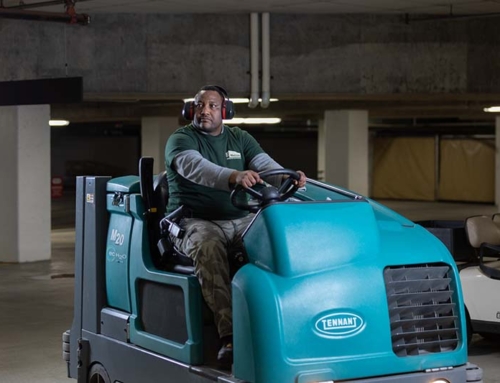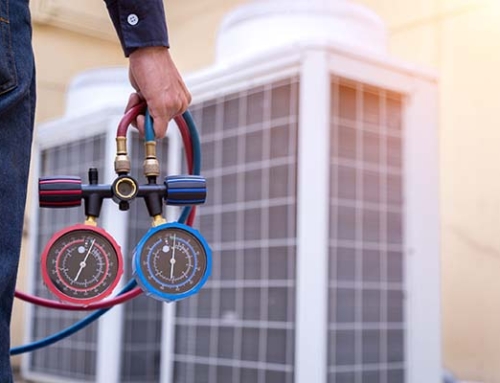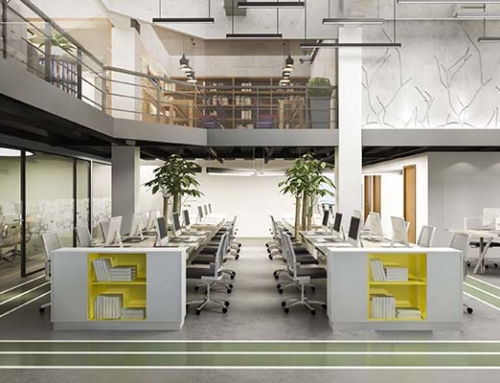 During the first phases of the pandemic, employers everywhere sent staff home to stay safe and work remotely if possible. As 2022 begins, many companies are preparing to return to the office, but new infectious disease variants and continued pandemic concerns have led many business leaders to pivot to hybrid workplace models.
During the first phases of the pandemic, employers everywhere sent staff home to stay safe and work remotely if possible. As 2022 begins, many companies are preparing to return to the office, but new infectious disease variants and continued pandemic concerns have led many business leaders to pivot to hybrid workplace models.
In a hybrid workspace, facilities see a consistent flux of people coming and going with varying schedules. The result is an ebb and flow of facility density. In a hybrid workspace, employees often come to the office for collaborative work, meaning the increased use of meeting spaces. All these shifts will require business owners and facility managers to think differently, evaluating cleaning protocols to restore confidence among employees. Cleaning practices weren’t a major priority to employees pre-Covid; however, a recent study by the Cleaning Coalition of America (CCA) showed that 66% of U.S. workers find it exceedingly critical now.
Here’s how to prepare for your new hybrid workplace:
Increase Space and Adjust Floorplans
Facility managers must rethink desk spacing and foot traffic patterns to support returning to work. Congested cube farms, shared desks, and tightly packed floor plans are no longer viable, as they create too much risk for viral spread between coworkers. The CDC recommends increasing the spacing and using partitions or plastic shielding between desks and adjusting the flow of foot traffic to allow for social distancing of at least 6 feet between employees.
Add Sanitation Stations
One effective way of dealing with the spread of the virus that causes infectious disease is proper sanitation. Regularly washing hands with soap and running water or using alcohol-based sanitizers significantly reduces the spread of the virus. Facility managers should consider placing sanitation stations at strategic locations such as restrooms, break rooms, conference rooms, kitchens, and near elevators to encourage employees to grasp the habit of cleaning their hands.
Communicate Plans to Employees
Each facility and business is unique, which means what works in one hybrid workspace might not work in another. When developing your own hybrid model, consider things such as meeting protocols, mask policies, facility access schedules, response to a suspected or confirmed infectious disease case, and the volume of people your facility can hold while maintaining the necessary social distancing standards. Develop a system that makes sense for your business needs and your workspace and then communicate it clearly and often with your employees. Clear and consistent communication with employees is essential to minimize the spread of a virus. Educating employees on what they can do to help maintain a clean and healthy workplace will help to instill confidence and reduce the spread of the virus.
Adjust Frequency and Depth of Cleaning
According to the CCA’s research, 62% of employees feel safer when seeing commercial cleaning and janitorial professionals regularly at their workplace. Bacteria and viruses can land on surfaces, where they can live for hours and even days. The CDC recommends developing a cleaning and disinfecting protocol to help reduce the risk of infection. Even though foot traffic will be variable in hybrid workspaces with people coming and going, it’s still important to maintain cleaning and disinfecting practices. Facility managers should consider specific protocols to address shared spaces, such as meeting rooms, break rooms, washrooms, and office equipment. On top of daily surface cleaning, a safer and cleaner workplace requires frequent deep cleaning. Marsden Services offers a comprehensive microbial preventative and remediation program that includes everything from touchpoint disinfecting to ATP testing reviewed by an industrial hygienist.
Maintaining a healthy workplace is more critical than ever. Facility managers can consider contracting with a facility services professional such as Marsden Services to help manage the unique challenges of creating a clean, safe, and healthy hybrid workplace.



